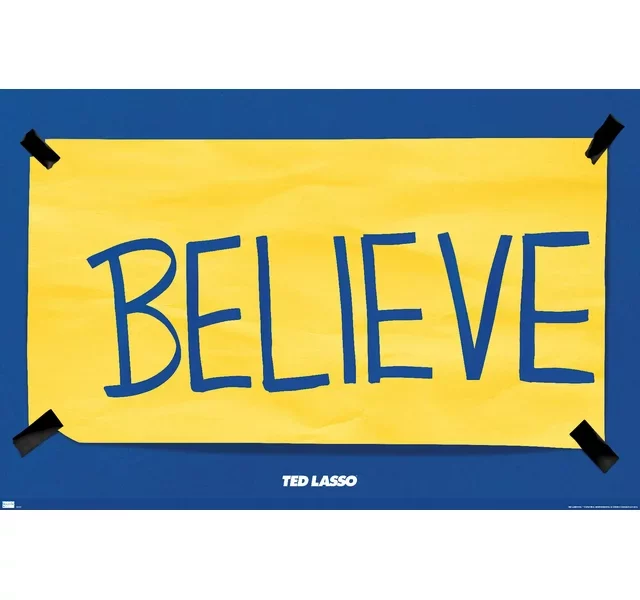I’ve often had people find out what I do and ask, “What’s it like to be a teacher?”
There’s not a way to really help someone who hasn’t taught understand all that teaching is, but you know that visual metaphor with the glass vase that you fill with rocks? You put these golf ball size rocks in it until you fill it up to the lip and then you ask the people with you, ‘Is it full?’ They, presumably, say, ‘Yeah, it looks full.’ Then you bring out some pebble sized rocks and you pour them into the vase, filling up the gaps between the larger rocks. Then you say, ‘Ok, I know you felt duped the first time, but now, what do you think? Can I fit any more in it?’ Heads shake, until they see you pulling out a bucket of sand. You pour the sand into the vase and it fills the space between the rocks, right up to the lip of the vase. Now heads start to nod before you ask the question. ‘For real this time, what do you think? Full?’ But as you ask, you unscrew the lid to your Nalgene and start pouring the water slowly into the vase, letting it seep in to fill space between the sand.’
That is what it’s sometimes like to be a teacher.
Anyone who has taught will tell you about all the hidden time taxes: the meetings, the emails, the planning and grading, the parent calls and student conferences, the lesson planning and professional development. The work of instruction is 8 A-3P, and then you keep adding to your day in order to fit the rest in.
It’s good and fulfilling and important and worthy. But it’s a lot.
So, how, within that cacophonous ocean of expectations, do we as teachers committed to writing find time to write for ourselves?
I think about my nearly-six-year-old. Recently, as we’ve tried to be intentional about talking to her about meals, nutrition, and fueling our bodies and making sure we are eating enough good things to help our muscles and bones to do the amazing things bodies do, she’s articulated a struggle to understand for herself how she can be authentically and honestly done eating or full, then the brownies come out and she’s found she has more room . . . a dessert stomach, if you will.
This is what it’s like to be a teacher who is also a writer.
After all of the work of the day that is good and fulfilling and important— interacting with students, designing lessons and responding to student work, collaborating with colleagues—as well as the seemingly additional emails and the assessment and the committees and the professional development, sitting down to write is like dessert, like brownies after brussel sprouts.
It’s like having a dessert stomach.



